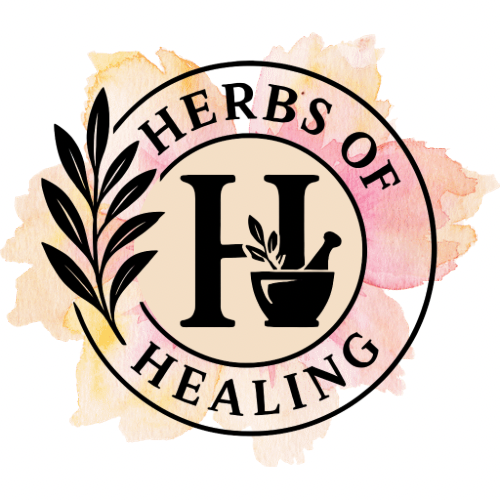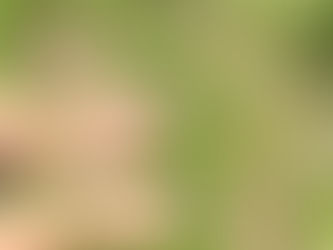top of page


Let’s Compare and Contrast Pasteurized Milk vs. Raw Milk - It’s A Real Eye Opener!
Let’s look at PASTEURIZED Milk first: Pasteurized milk has been linked to various health concerns due to the changes it undergoes during...

Herbs of Healing
Jan 135 min read


Four Cozy Mushroom Chai Recipes for Fall
Mushroom chai is a wonderful way to bring warmth, comfort, and wellness into your daily routine. This blend of Reishi, Chaga, Lion’s...

Herbs of Healing
Oct 27, 20243 min read


Update on Mahina’s Battle Against Brain Cancer
I can’t express how amazed I am at Mahina’s strength in dealing with everything that has come her way. Being non-verbal, she can’t...

Herbs of Healing
Oct 25, 20247 min read


The Formula We Use For Reducing Blood Pressure, Addressing Heart Health and Ridding Edema (Fluid Retention)
It never fails that when hubby gets a bad headache his blood pressure goes through the roof. Actually, when he’s in pain from anything,...

Herbs of Healing
Oct 19, 20245 min read


Eradicating Invasive Plant Species on the Homestead Without Using Herbicides
Eradicating invasive plants without using herbicides requires a combination of manual control, land management, and preventive measures....

Herbs of Healing
Oct 6, 20243 min read


Comprehensive Gut, Liver, and Pancreas Healing Protocol
This protocol is designed to promote healing of the gut, liver, and pancreas—key organs in digestion, detoxification, and nutrient...

Herbs of Healing
Sep 17, 20248 min read


A Herbal Honey Infusion To Promote Respiratory Wellness and Satisfy the Palate w/ Recipe For Glazed Lamb Ribs!
This infusion is the essence of “letting your food be your medicine!” It promotes respiratory health AND you can easily turn it into a yummy glaze for lamb ribs - perfect for a special Sabbbath dinner!

Herbs of Healing
Sep 11, 20243 min read


Finding Water With Dowsing Rods: A Misunderstood Technique
Let’s just go ahead a pop open the can of worms that is “dowsing rods.” Yes, they’re often associated with mysticism and folklore and...

Herbs of Healing
Aug 23, 20247 min read


Grain Free Banana Nut Bread
Grains (specifically wheat and oats) are not my friends lately, if they ever were (they weren’t). Maybe it’s the gluten or maybe it’s the...

Herbs of Healing
Aug 8, 20242 min read


Weird Stuff I Do With My Instant Pot
The Instant Pot is a marvel of modern kitchen technology, a gadget that has revolutionized so many kitchens. Of course I would use it for...

Herbs of Healing
Aug 1, 20243 min read


Traditional, Healthy, Herbal Recipes Using Blackstrap Molasses
Blackstrap molasses is a nutrient-rich powerhouse, providing health and nutrition benefits to the whole body. Rich in Minerals It...

Herbs of Healing
Jul 29, 20244 min read


Actions of Red Light and Near Infrared Light Therapy on the Body
In alternative medicine, red light and near-infrared (NIR) light therapy have garnered significant attention. These non-invasive...

Herbs of Healing
Jul 2, 20244 min read


Healing with Comfrey: A Natural Remedy for Humans and Animals
Comfrey, also known as "knitbone" or "bone-set," has a long history in traditional medicine for treating various ailments, particularly...

Herbs of Healing
Jul 2, 20245 min read


Herbalism: From Biblical Roots to Modern Misinterpretations
Herbalism, the practice of using plants and natural substances for healing, has deep roots in human history. Its origins can be traced...

Herbs of Healing
Jun 22, 20243 min read


Pounce on Pink Eye Conjunctivitis With Effective Herbal Options
🦜🦠👀 There is a particular virus in the news lately, and pink eye has been associated with it. 👀🦠🦜

Herbs of Healing
Jun 15, 20244 min read


Pink Eye Recipes for Students Only
This blog post contains exclusive content for students and can only be accessed through subscriber accounts. It is a continuation of my public post on herbal options for pink eye, found HERE . If you are not a student subscriber and would like access to this recipe plus more exclusive content, please subscribe below.

Herbs of Healing
Jun 15, 20243 min read


Traditionally Inspired Herbal Recipes Using Blackstrap Molasses
1. Blackstrap Molasses Herbal Tonic Ingredients: - 1 tablespoon blackstrap molasses - 1 cup hot water - 1 teaspoon lemon juice - 1...

Herbs of Healing
Jun 14, 20243 min read


Harvesting Garlic Scapes for Bigger Bulb Growth and a Delicious Compound Butter Recipe
Why Harvest Garlic Scapes? If you're a garlic enthusiast or a dedicated gardener, you might already be familiar with the term "garlic...

Herbs of Healing
Jun 5, 20243 min read


Mahina Schweiger Medical Financial Aid Fund
Let me tell you about a sweet family that I’ve come to know, personally, over the past few years. They’re a family of 5 - Mom, Courtney;...

Herbs of Healing
Jun 4, 20242 min read


Making Herbal Glycerites
Herbal glycerites are a wonderful way to preserve the beneficial qualities of some herbs without using grain alcohol (although, it is...

Herbs of Healing
Jun 3, 20243 min read
bottom of page



